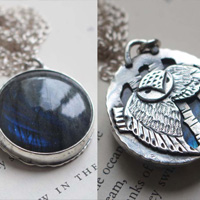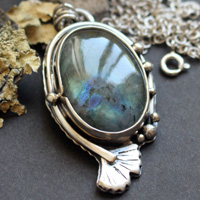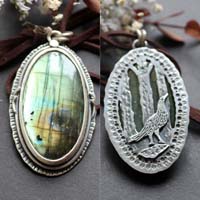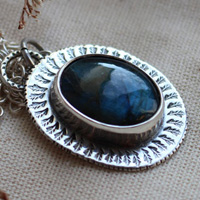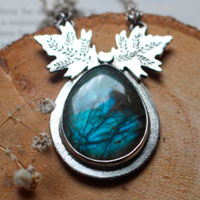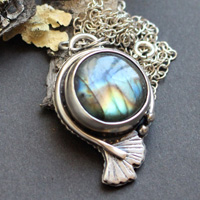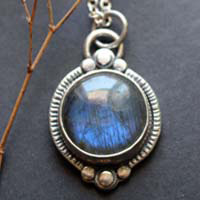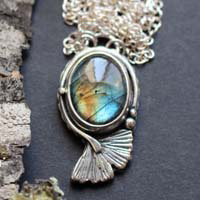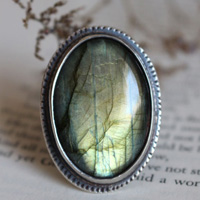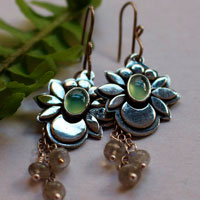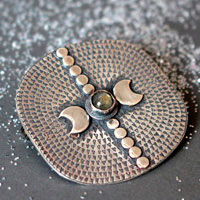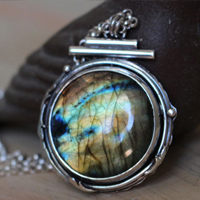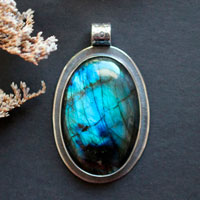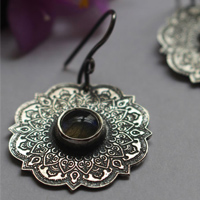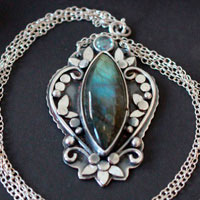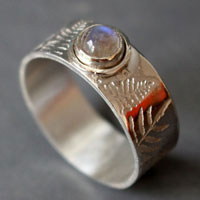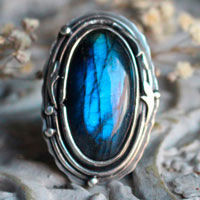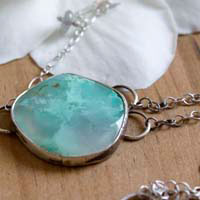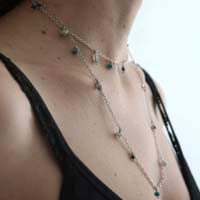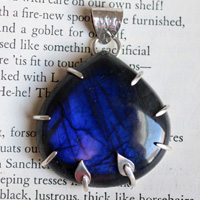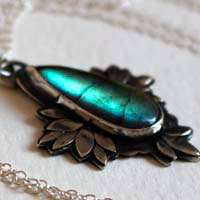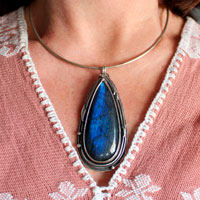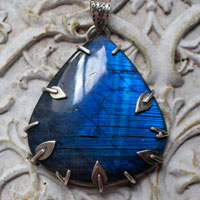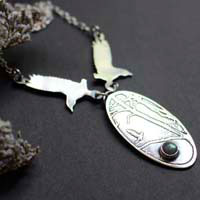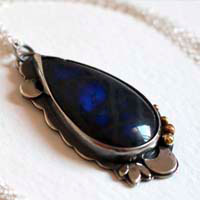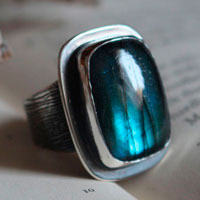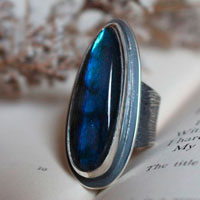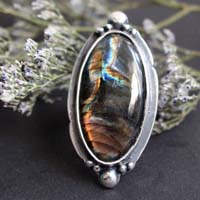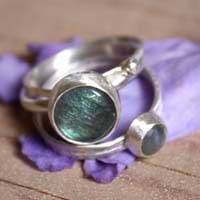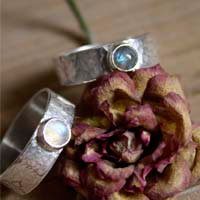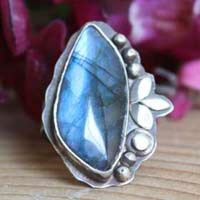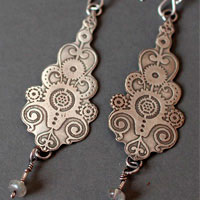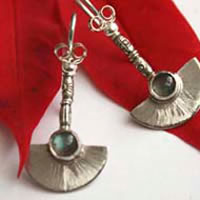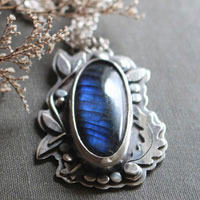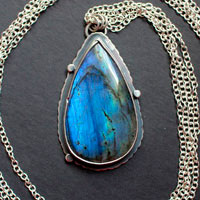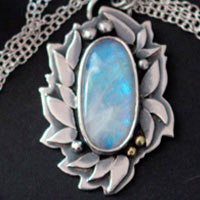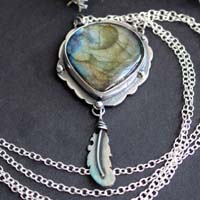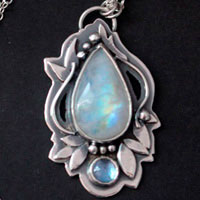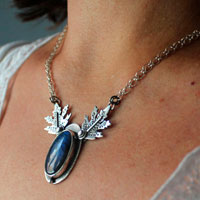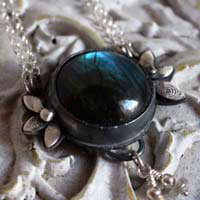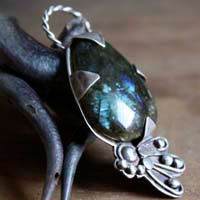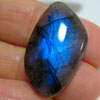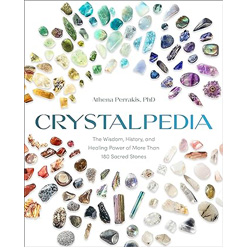- Jewelry
- Inspiration
- Our imagination
- Birthstones
- Celebrating with Eternal Flowers
- Druids and druidesses
- Flower meanings
- History, archeology jewelry
- History and healing properties of metals
- History and healing properties of stone
- Illumination jewelry
- Japanese symbols
- Maya calendar jewelry
- Stone color symbolism
- Stones catalogue
- Wedding anniversaries
- Searches a theme on the site
- Good Deals
- Paintings
- About
- Contact
JEWELRY
- Anklet
- Bracelets
- Brooches
- Cufflinks
- Earrings
- Pendants & Necklaces
- Rings
- Draw your jewelry
- How to clean your jewel
- Metal we used
INSPIRATION
- Our imagination
- Birthstones
- Celebrating with Eternal Flowers
- Druids and druidesses
- Flower meanings
- History, archeology jewelry
- History and healing properties of metals
- History and healing properties stones
- Illumination jewelry
- Japanese symbols
- Maya calendar jewelry
- Stone color symbolism
- Stones Catalogue
- Wedding anniversaries
- Searches a theme on the site
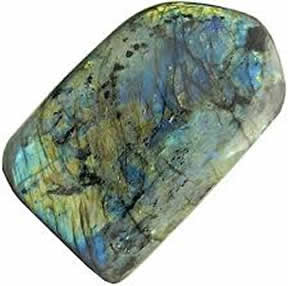
Labradorite: history, healing properties and lithotherapy
Labradorite properties
The name labradorite originates from Canada, specifically from the Labrador region, where it was discovered around 1770 by Moravian missionaries who were evangelizing the Inuit people.
This mineral is a true gem of nature, renowned for its metallic iridescent reflections that captivate the eye. These reflections, known as labradorescence or Schiller effect, result from light interference within micro-inclusions and paired internal lamellae, which are characteristic of this plagioclase feldspar.
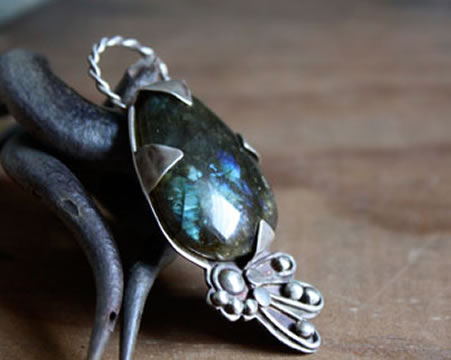
Labradorite offers a fascinating color palette, ranging from blue to violet, sometimes enriched with shades of green, yellow, or orange, depending on its variety. Some specimens display a true fireworks display of colors, showcasing several hues simultaneously. This unique optical phenomenon gives the impression that the stone captures and diffuses light, evoking a "light trap" that changes its appearance depending on the angle of observation.
Labradorite belongs to the feldspar family, with an approximate chemical formula of (Ca,Na)(Al,Si)₄O₈. Its hardness is between 6 and 6.5 on the Mohs scale, making it relatively resistant, although sensitive to scratches. Its density ranges from 2.68 to 2.72 g/cm³.
Another significant deposit was discovered in Finland around 1940, during World War II, as miners were setting traps for enemy tanks. This Finnish labradorite, known as Spectrolite, is distinguished by its particularly vivid color spectrum and is highly sought after in the gemstone market today.
In addition to Labrador and Finland, labradorite is also mined in Ukraine, Madagascar, Australia, Russia, and Mexico. Each region produces specimens with slightly different chromatic characteristics.
Labradorite is sometimes referred to as the "rainbow moonstone" because of its shimmering reflections. It is also known by other names, such as carnite, hafnefjordite, mauilite, radauite, silicite, or spectrolite.
Notable varieties of labradorite include:
- Golden labradorite, which primarily displays yellow and golden reflections.
- Black labradorite, also called Larkivite, with dark and metallic reflections.
- Spectrolite, famous for its brilliant colors and exceptional color spectrum.
Labradorite is also used in architecture and decoration due to its striking visual appearance. Some facades of prestigious buildings are adorned with this mineral, whose reflections attract and captivate the eye. Of lower quality, it can also be found in the form of light yellow transparent crystals. Though fragile and lacking the characteristic labradorescence, this variety may still hold some aesthetic value. One of the most notable examples is the Lenin Mausoleum in Moscow, designed by architect Alexei Shchusev. Built between 1924 and 1930, this monument combines red granite and black labradorite. The red granite symbolizes communism, while the black labradorite was chosen to evoke mourning. This material, appreciated for its iridescent reflections, contributes to the monument’s somber and monumental appearance, located near the Kremlin. Another prominent example of labradorite use in famous buildings is the Palais des Congrès in Montreal, a modern architectural landmark. Designed by architect Moshe Safdie, this building uses labradorite for its exterior facades. The labradorite panels reflect and capture light, creating a fascinating visual effect and adding an elegant and modern touch to the building, while reinforcing its monumental aspect.
Stories, legends and beliefs about labradorite
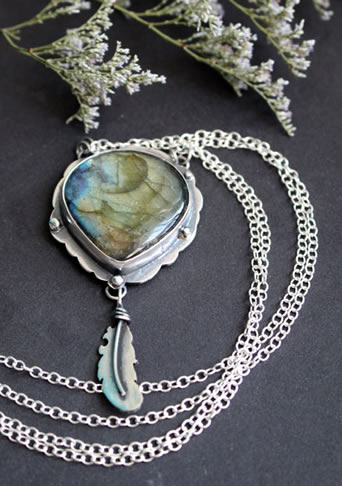
Labradorite, often referred to as the "stone of the Northern Lights," is surrounded by mystery and legends, particularly among Indigenous peoples of Canada, such as the Inuit and the Innus (Montagnais-Naskapis). According to an ancient belief, this stone emerged from the fire of the aurora borealis, then froze in the extreme cold of the northern lands, falling to Earth as a gift from the gods. This myth makes labradorite a sacred stone, directly connected to cosmic forces, representing the crystallized light of the sky embedded in the stone.
Another fascinating legend tells of an Inuit warrior, who, during battle, struck a labradorite with his spear, causing the aurora borealis to appear in the sky. According to this legend, the labradorite fragments found today are the captured shards of light, preserved forever in the stone, maintaining the beauty and power of the northern lights.
For these peoples, labradorite was not just a precious gem but a spirit guardian. They believed it contained the spirits of their ancestors, carrying their wisdom and strength. Seen as a powerful talisman, labradorite was used for spiritual and medicinal purposes, as it was believed to offer protection, healing, and mental clarity. Some reports even suggest that the Inuit used labradorite powder as a remedy for physical and spiritual ailments, perpetuating a tradition of respect and reverence for this divine gemstone.
Labradorite is also associated with more contemporary beliefs, where it is considered a stone that can enhance psychic abilities, increase intuition, and bring emotional and spiritual balance. These mystical attributes of labradorite have transcended time, continuing to influence its use in various spiritual practices today.
Mines: Canada, the USA, France, Madagascar, Russia, Ukraine, Norway and Finland.
Healing properties and benefits of labradorite
Throughout history, various civilizations have attributed to labradorite a range of properties and virtues, often linked to health, the mind, and creativity. The information presented here is framed within a cultural and historical perspective, aiming to illustrate how this stone has been perceived and valued over the centuries. As with previous stones, these observations follow a descriptive and heritage-based approach. They do not constitute any therapeutic or medical recommendation, nor do they reflect our personal beliefs.
- Labradorite has traditionally been associated with hormonal balance and support for the endocrine glands. In certain traditions, it is mentioned as an ally in regulating metabolism, particularly in cases of thyroid imbalances or menstrual cycles, and for promoting subtle harmony within the female body.
- In many cultural contexts, labradorite is considered a stone that stimulates mental clarity and concentration. By enhancing communication between the brain’s two hemispheres, it is symbolically regarded as a tool to develop creativity, inspiration, and structured thinking. Artists, writers, and those seeking new ideas often find in it a symbolic support to stimulate imagination while remaining grounded in reality.
- From a physical standpoint, some traditions associate labradorite with relief from digestive discomfort. It is also cited as helpful in soothing minor eye irritations, such as visual fatigue or redness, reflecting its symbolic regenerative and calming qualities.
- Blood circulation and the absorption of minerals such as calcium and iron are occasionally mentioned in traditional uses of labradorite. This symbolic association aligns with a broader vision of vitality and strengthening of the circulatory system, supporting general physical well-being.
- Its anti-inflammatory qualities are also highlighted in historical and popular sources. Labradorite is sometimes described as a symbolic aid for alleviating joint and muscle pain, as well as inflammation-related discomfort.
- In relation to the respiratory system, this stone is frequently mentioned as supporting breathing and overall respiratory well-being, soothing, according to some traditions, ailments such as bronchitis, asthma, or seasonal colds. It is also invoked for promoting deeper breathing and thoracic expansion.
- Labradorite is traditionally recommended to support the body during menstruation. It is associated with easing menstrual discomfort and providing comfort to women during these periods.
- Beyond its physical associations, labradorite is often considered a stone of purification and protection. It is reputed to help dispel perceived negative influences, restore emotional balance, and strengthen inner harmony. It is also regarded as a support for spiritual awakening, enhancing intuition, opening the third eye, and refining the perception of subtle energies.
- Finally, labradorite is traditionally seen as a symbolic shield against external influences. It is thought to accompany its wearer in protection from disruptive energies and to help strengthen a sense of inner security, while fostering confidence and serenity.
 Please note that all healing properties attributed to stones come from ancient traditions and various cultural sources. This information is provided for informational purposes only and does not constitute medical advice. In case of any health concerns, it is recommended to consult a qualified professional.
Please note that all healing properties attributed to stones come from ancient traditions and various cultural sources. This information is provided for informational purposes only and does not constitute medical advice. In case of any health concerns, it is recommended to consult a qualified professional.
Labradorite jewelry samples
To learn more about litotherapy, we recommend you the following books:

